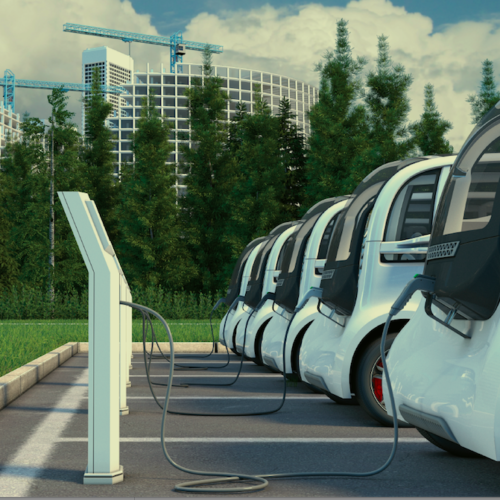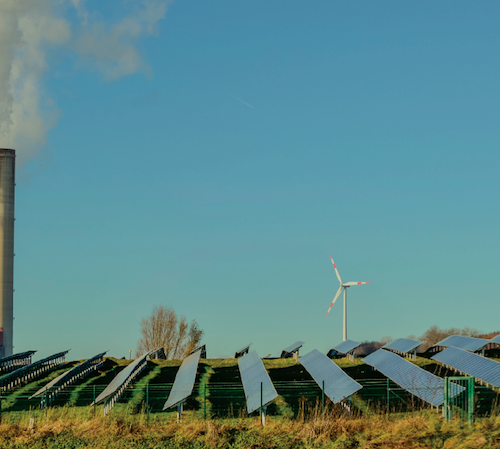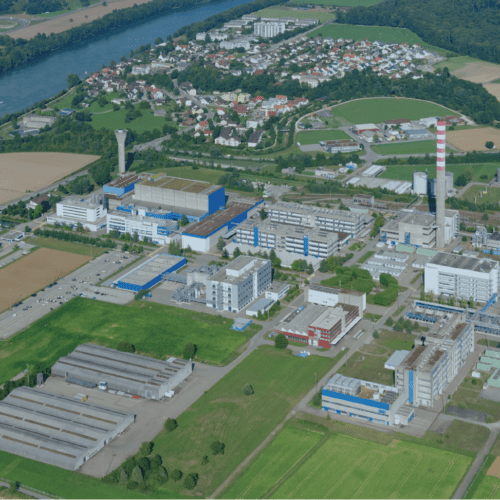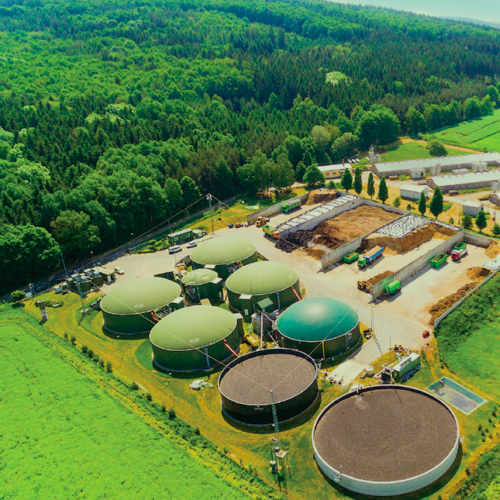More efficient buildings provide multiple benefits including lower emissions, greater comfort, improved health, and lower ongoing costs.
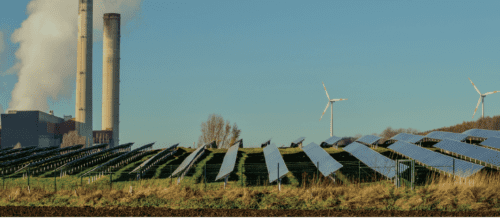
Book | 2018
The Carbon-Free Regions Handbook: Electricity
The future is electric. Buildings, vehicles, industrial processes, and consumer products are increasingly turning to electricity for power.
We must make sure that our sources for electricity come from renewable or zero-emission energy. Since utilities, electric grids, and rate design usually happen at a regional scale, this is a critical area to drive change.
Action 10: Renewable Portfolio Standard
Description
Require electric utilities to secure a minimum percentage of their electricity from renewable generation sources, focusing on ambitious “reach” targets or even 100% renewable energy. This should be paired with an energy efficiency resource standard (See recommendation on Robust Regional Efficiency.
Action Documents
- HB623. Hawaii state legislation enacting 100% RPS
- Australian Capital Territory Next Generation Renewables Auction Request for Proposals
Recommended Resources
- Renewables Ready: States Leading the Charge, Climate Council, 2017
- State Renewable Portfolio Standards and Goals, National Conference of State Legislatures (also DSIRE)
- US Renewables Portfolio Standards: 2017 Annual Status Report, Lawrence Berkeley National
- Laboratory, 2017 (USA)
- Canberra 100% Renewable, Australian Capital Territory Government

With 100% renewable electricity in 2020 locked in, we will reduce emissions by 40%. Our next challenge is net-zero emissions by 2045.
‐Shane Rattenbury, Minister for Climate Change, Justice, Corrections, Consumer Affairs, Mental Health, and Road Safety, Government of Australian Capital Territory, Australia
Action 11: Coal Plant Replacement
Description
Phase out coal-fired electricity generation through a combination of accelerated retirement for existing plants, emissions caps, a carbon tax, or other regulatory standards, and policies that prohibit financing of, and/or place an outright moratorium on, new coal-fired power plant construction. Provide viable alternatives in regions where coal-fired generation is expanding due to population and demand growth and rural electrification.
Action Documents
- Executive Order No. 9 Declaring the Province of Negros Oriental as an Environment-Friendly and Clean Energy Province, 2017
- “Carbon Pricing and Complementary Policies: Electricity,” Climate Leadership Report to Minister, Alberta, Canada, November 2015, pp 47–52
- “Ending Coal for Cleaner Air Act,” Legislative Assembly of Ontario, 2015
- “SB 1547: Clean Electricity and Coal Transition Plan,” State of Oregon, 2016
Recommended Resources
- The Economics of Clean Energy Portfolios, Rocky Mountain Institute, 2018
- Government Policies on the Phasing Out of Coal, Climate Action Network Europe, 2015
- “Phasing Out Coal Pollution,” Government of Alberta, Canada
- “The End of Coal,” Province of Ontario, Canada
Action 12: Responsive Rate Design
Description
Require utilities to evolve from legacy “block” rates to technology-agnostic, modernized rate designs—such as granular time-of-use pricing and real-time dynamic pricing—that better reflect the reality of today’s and tomorrow’s grid, and that appropriately value the costs and benefits of distributed energy resources, energy efficiency, and flexible demand.
Action Documents
- “SB 2939: Ratepayer Protection Act,” State of Hawaii
- “SB 1652: Energy Infrastructure Modernization Act,” State of Illinois
- “Directive on Common Rules for the Internal Market in Electricity,” European Commission
Recommended Resources
- Rate Design Options for Distributed Energy Resources, American Public Power Association
- Rate Design for the Distribution Edge: Electricity Pricing for a Distributed Resource Future, Rocky Mountain Institute
- State Performance-Based Regulation Using Multiyear Rate Plans for US Electric Utilities, Grid Modernization Laboratory Consortium, US Department of Energy
- Distributed Energy Resources Rate Design and Compensation, National Association of Regulatory Utility Commissioners
- “Knowledge Center: Pricing and Rate Design,” Regulatory Assistance Project
Action 13: Responsive Grid Planning
Description
Make distributed energy resources (DERs)—including customer-sited renewables, behind-the-meter storage, energy efficiency, and flexible demand—a central part of an integrated, modernized grid and resource planning process. Revise legacy processes that make sweeping assumptions about demand growth and meet that demand exclusively through centralized bulk generation.
Action Documents
- “Order on Distribution System Implementation Plan Filings,” State of New York Public Service Commission
- Chapter 39-26.6: Rhode Island’s Renewable Energy Growth Program
Recommended Resources
- State Engagement in Electric Distribution System Planning, Grid Modernization Laboratory Consortium, US Department of Energy
- Distributed Energy Resources Integration: Policy, Technical, and Regulatory Perspectives from New York and California, Smart Electric Power Alliance
- Planning the Distributed Energy Future, Black & Veatch and Smart Electric Power Alliance
- Study on the Effective Integration of Distributed Energy Resources for Providing Flexibility to the Electricity System: Final Report to the European Commission, Sweco
- The Integrated Grid: Realizing the Full Value of Central and Distributed Energy Resources, Electric Power Research Institute
- Beyond the Meter: Planning the Distributed Energy Future – A Case Study of Integrated DER Planning by Sacramento Municipal Utility District, Smart Electric Power Alliance
Action 14: Community Solar
Description
Make the benefits of distributed solar photovoltaics (PV) accessible and more affordable for customers beyond the reach of rooftop PV through community-scale solar PV projects located in or near the communities they serve. Leverage various combinations of fractional project ownership or investment, subscription to projects’ solar generation output, and virtual metering that credits a customer’s utility bill.
Action Documents
- The Telangana Solar Power Policy 2015
- “216B.1641 Community Solar Garden” Minnesota Statutes
Recommended Resources
- Beyond Sharing: How Communities Can Take Ownership of Renewable Power, Institute for Local Self-Reliance
- A Guide to Community Solar: Utility, Private, and Non-profit Project Development, US Department of Energy
- “Community Renewable Energy,” Renewables 2016 Global Status Report, REN21, pp. 135–139
- “Community Solar,” Solar Energy Industries Association
- Community-Owned Renewable Energy: A How-to Guide, Community Power Agency
- Community Shared Solar: Policy and Regulatory Considerations, National Renewable Energy Laboratory
- “Request for Proposals: Community Solar,” RMI and six rural electric cooperatives, 2017
- How Minnesota Is Supporting Community-Based Renewables

Minnesota’s success with community solar offers a valuable model for broad-based solar growth.
‐Bill Grant, Deputy Commissioner of Division of Energy Resources, Minnesota, USA
Get More Action Docs
Browse Additional Recommendations by Sector
Regional governments can enable cities to invest in better mobility options, lowering emissions while increasing mobility choices and improving health.
Ensuring that our electricity comes from renewable or zero emission sources is critical to a cleaner and more resilient future.
Regional governments provide the right scale to support industry—the foundation of many regional economies—in transitioning to low-carbon solutions.
Sustainable and regenerative agriculture, forestry, and other land use can help offset some of the large emission impacts that this sector produces.
Managing waste in a sustainable manner can reduce greenhouse gas emissions while also creating economic opportunities.
Regional governments can organize and deliver financial solutions to enable all the recommendations covered in the Handbook.
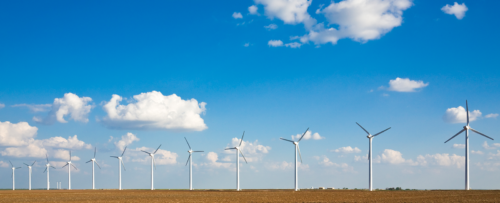
Engage with Us
Take action today and set your community on an ambitious course to carbon-neutrality bringing economic vitality, cleaner air, and better health and resilience.
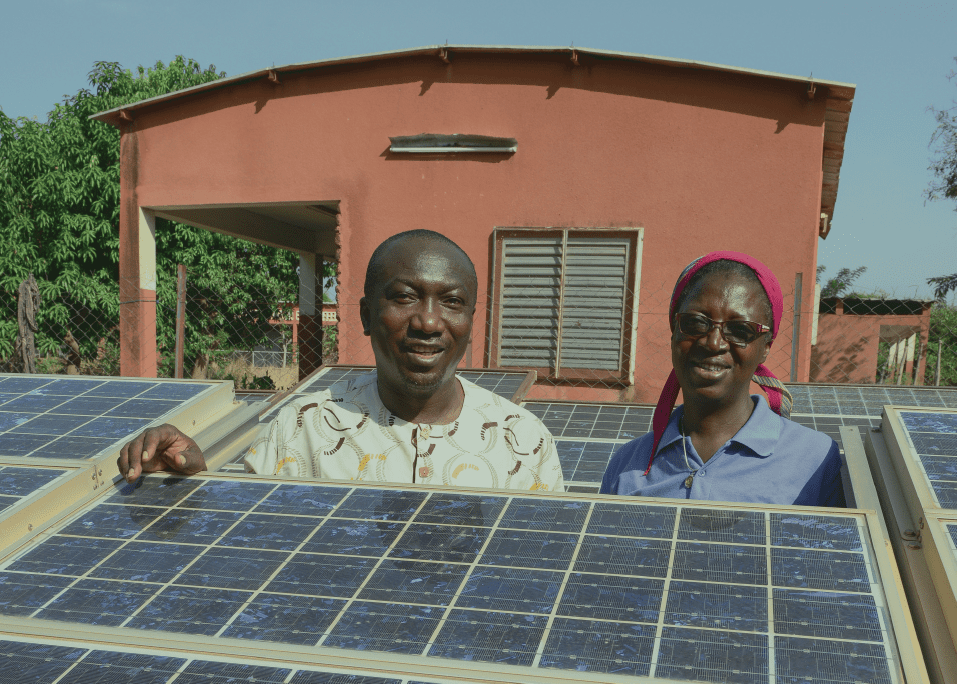 Developed in partnership with the Under2 Coalition
Developed in partnership with the Under2 Coalition 

